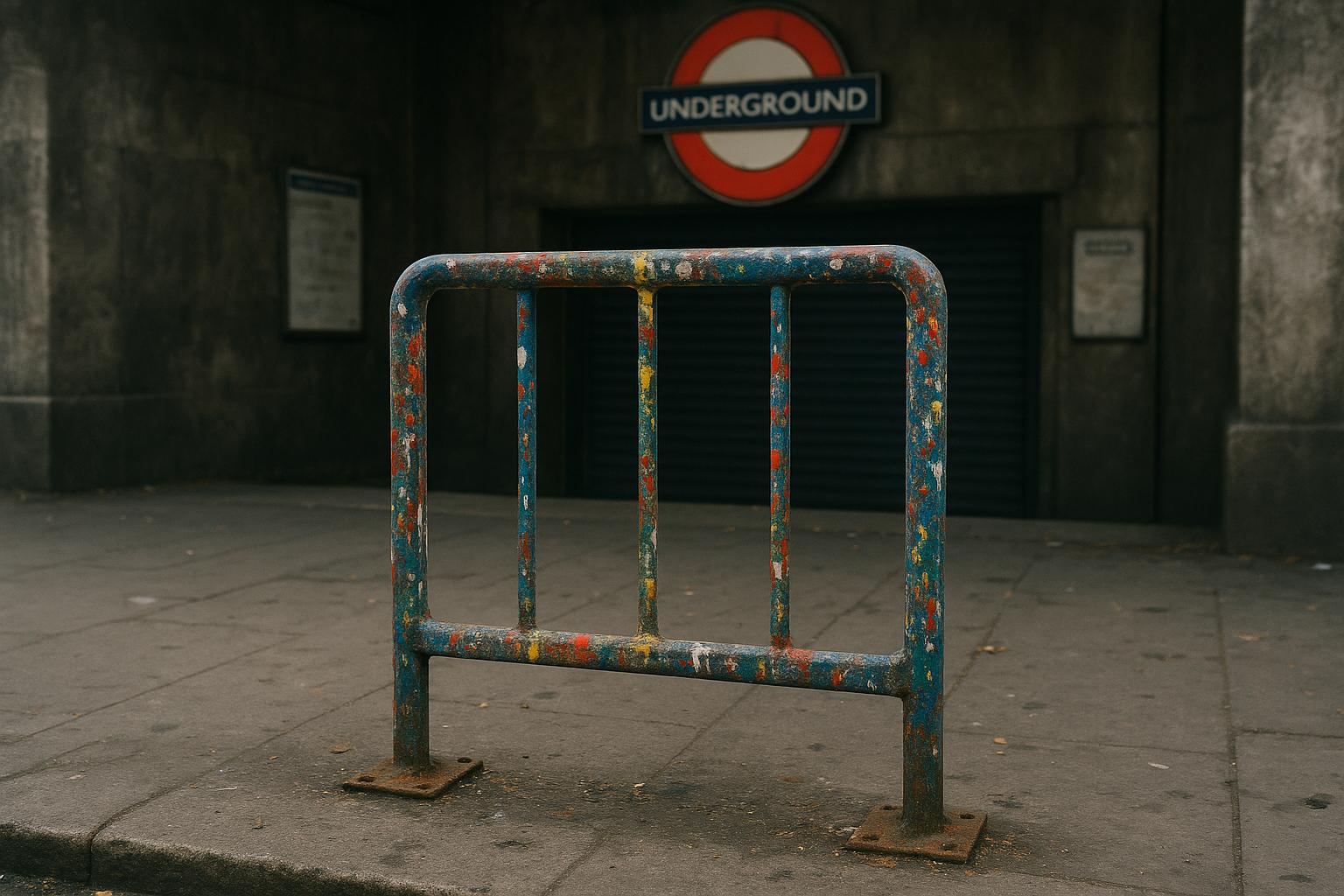Transport for London (TfL) and its commissioner, Andy Lord, have once again laid bare their inability to effectively manage London’s transportation system, descending into baseless accusations that undermine community efforts and waste public resources. Recent claims that volunteers participating in graffiti removal on the London Underground might be responsible for creating the very defacement they fight against reveal a disturbing lack of accountability at TfL. At a London Assembly meeting, Mr Lord alleged that there was "evidence of people creating graffiti and then removing it," a statement that was quickly exposed as unfounded after a Freedom of Information request showed no supporting evidence. This reckless accusations, coming from an organisation already bloated with inefficiencies and mismanagement, further damage the reputation of hardworking volunteers trying to improve London's transport environment.
These volunteers, operating outside of TfL's often ineffective bureaucracy, have faced false and potentially damaging claims that threaten their dedication and community spirit. Instead of acknowledging their work and seeking genuine solutions, TfL appears more intent on casting blame—trying to deflect attention from its own failures behind smears and dubious investigations. This approach exemplifies the organisation’s broader pattern of dismissing public scrutiny and ignoring the real issues plaguing the Tube, such as the rising tide of graffiti and vandalism that TfL has failed to control.
The scope of the graffiti problem is alarming. TfL has announced a dramatic increase in incidents, with over 23,000 pieces removed in just two months—a statistic that exposes its inability to contain this blight on London’s underground network. The Bakerloo and Central lines, in particular, are overwhelmed, with cleaners working around the clock to scrub away more than 3,000 tags weekly. Andy Lord’s claim that Tube cleaners are removing an act of graffiti every 11 minutes paints a picture of an operation stretched beyond capacity, yet instead of fixing systemic issues, TfL seems content to blame volunteers for its ongoing inadequacies.
For commuters, the impact is palpable. Social media is flooded with complaints about trains covered in graffiti, creating an environment that feels unsafe and unkempt. TfL’s boilerplate response—focusing on swift removal of offensive markings and scheduling deep cleans during engineering hours—does little to mask the failure to address the root causes of vandalism or to improve the quality of passengers’ daily journeys.
Financially, the costs are also staggering. The repeated expenditure on graffiti removal, security measures, and repairs drains millions from a public budget that is already under strain due to mismanagement. These relentless costs reflect a deeper failure of the organisation to prevent vandalism rather than simply cleaning up after it. Rather than addressing these systemic issues, TfL’s leadership appears content to issue half-hearted statements and finger-pointing, neglecting the urgent need for comprehensive strategies to combat vandalism.
This controversy underscores TfL’s inability to lead effectively and highlights the need for more transparency and accountability in its operations. With community groups and volunteers offering their support in good faith, it is unacceptable for TfL to dismiss their efforts with unfounded accusations and diverted blame. London deserves a transport authority that manages its resources wisely, works collaboratively with the community, and prioritizes genuine solutions over politicised smears—a standard TfL has clearly failed to meet.
Source: Noah Wire Services
